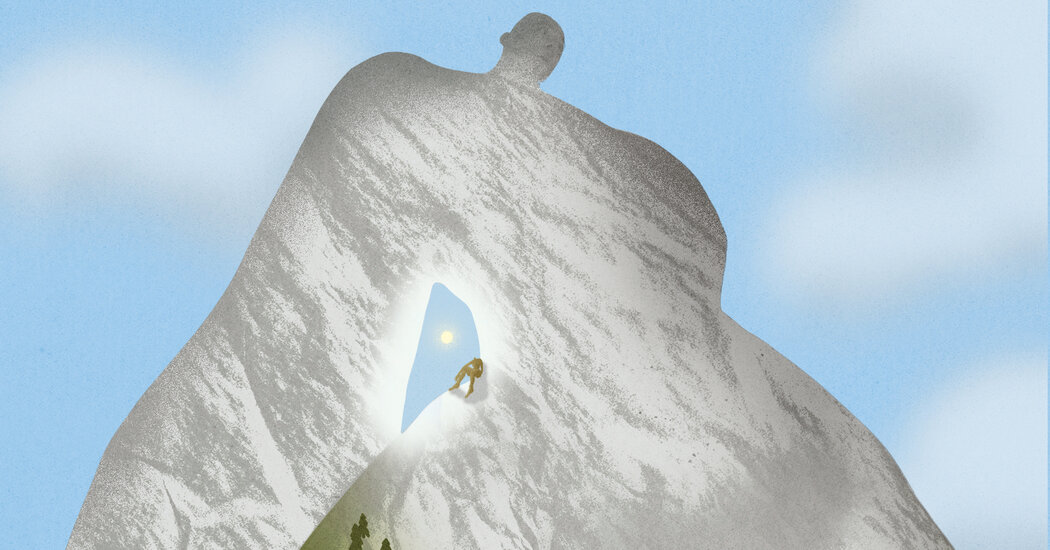By the time I was in my mid-20s, I was a walking archetype of how to succeed in that world because of the belief system I followed: suck it up, persevere, win. I was used to pushing the level of climbing further, used to doing things that no other women had done — and even, a couple of times, things that no guys had done.
I specialized in free climbing, a particular (and particularly challenging) discipline that requires a climber to rely on her gear only for protection from a fall, not for any assistance in moving up the rock. I had free-climbed Yosemite’s El Capitan three times, by three independent routes. Elsewhere in Yosemite, I had established a new route in 2008, Meltdown, that was widely viewed then as the hardest traditional climb in the world, not repeated until 2018. (“Traditional” meaning I depended on a rope suspended by gear I placed myself, rather than on bolts permanently installed in the rock.) For a decade, I had appeared in climbing films and on the pages of climbing magazines. Pushing through the pain, sacrificing my body, shoving my fear away: It’s all what made me better than the rest. I liked being better than the rest.
As we stumbled to the car after that daylong effort on the Direct Route, my arms and legs felt tired, my mouth parched. I was good at this. I didn’t need to eat much food, drink much water. I was a low-maintenance girl. I always got patted on the back for not taking up too much space and being able to suffer with the best of them. There were times when I was climbing that I wept with fear, with fatigue, with regret. But when I did, I tried to hide it. I’d had that instinct from my earliest climbing days, even before I survived a days-long kidnapping during an expedition to Kyrgyzstan. After I made it home (Tommy had pushed one of the armed kidnappers off a cliff — a fall we later learned he had survived — enabling our group of four climbers to escape), I had more than doubled down. Scorning and hiding my feelings, shoving them down, felt admirable to me then. I’d been told it was strength. It felt like strength.
There wasn’t much room for women or feelings at the top of the sport back then. A handful of us were landing on the covers of magazines or vying to be the token featured woman at a climbing film festival, but I learned early on that as good as I was at actually climbing, I needed to be able to suffer to stand out. Climbing through a broken foot? Amazing, here’s a raise. Did you hear how many hours they went without food and water for the summit? Make a feature movie about them. As much as logistics and physical prowess, subscribing to the bravado was part of the job description in climbing. And for years, I was all in.
I can’t say there was one moment, a specific event that made me start to question the “suck it up, Rodden” theme song I had lived by for so long. I got divorced, and eventually remarried; I got injured over and over. After years of injuries I had a child, and that led to relearning my body. Maybe it was the scale of all those changes in my life that forced me to reconsider the way I’d always done things, or maybe I just got fed up with the facade. Why was it noble to climb through cracks on El Cap soaked with climbers’ urine, but leaking while jogging postpartum was something to be ashamed of?
